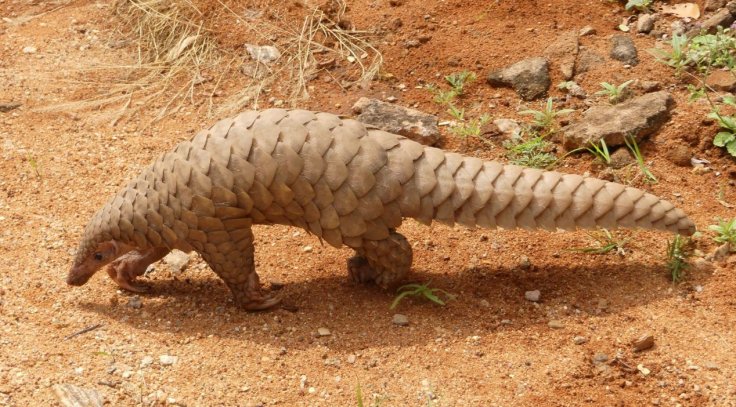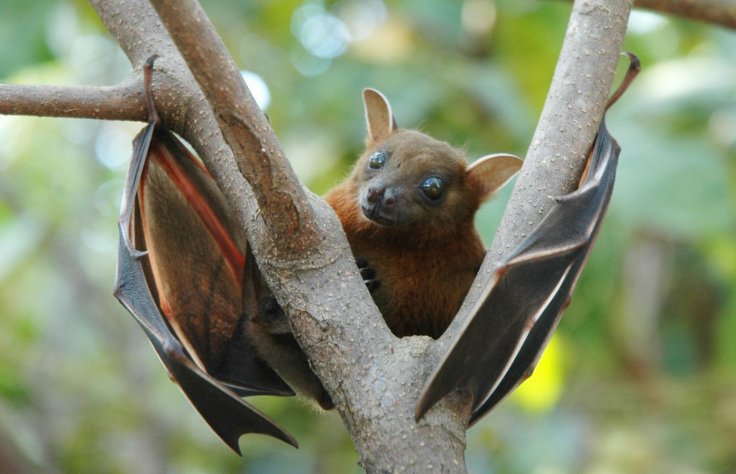A new study about the origins and spread of the coronavirus pandemic says that all might have started with the pathogen jumping from bats to pangolins where it got altered such that it could attack humans. Researchers in a study, published in the journal Science Advances on Friday wrote: "Understanding the origins of SARS-CoV-2 is critical for deterring future zoonosis, discovering new drugs, and developing a vaccine."
After analyzing three strains of coronavirus similar to the COVID-19 virus, the scientists found that those very viral strains were identified in bats and in pangolins, known for their scales. Two pangolins yielding coronavirus were smuggled off to China, where it was seized by customs officials, according to Pangolin Reports.
Key Genetic Material in Pangolin Virus

The pandemic causing SARS-CoV-2 is more similar to viruses harbored by bats than those in pangolins. However, a key genetic material in pangolin viruses that links the ability of the SARS-CoV-2 spike protein to bind itself to human cells was found by researchers.
These viruses studied couldn't directly lead the researchers to the virus that jumped to humans. But their diversity suggested that SARS-CoV-2 happened to show a cross-species evolution before they jumped to humans that is, a hybrid between bat and pangolin viruses, which ultimately resulted in a pandemic leading to more than 360,000 deaths and counting.
Similar to SARS and MERS

"Very much like the original SARS that jumped from bats to civets, or MERS that went from bats to dromedary camels, and then to humans, the progenitor of this pandemic coronavirus underwent evolutionary changes in its genetic material that enabled it to eventually infect humans," a senior author of the study Feng Gao, professor of medicine at Duke University School of Medicine, said.
The research recommended, "reducing or eliminating direct human contact with wild animals is critical to preventing new coronavirus zoonosis in the future," as the researchers write. Another study, published on the same day in the journal Science, analyzed the genetic sequences of different viruses from 84 patients treated at Mount Sinai Health System in New York, later matched them against more than 2,000 SARS-CoV-2 genomes from across the world.
They found very less evidence to show that the coronavirus that attacked New York had a direct link from China. The results suggested the view that the coronavirus had multiple introductions, mainly from Europe and parts of the US. Two such introductions were also traced back to Seattle's main outbreak in February.









